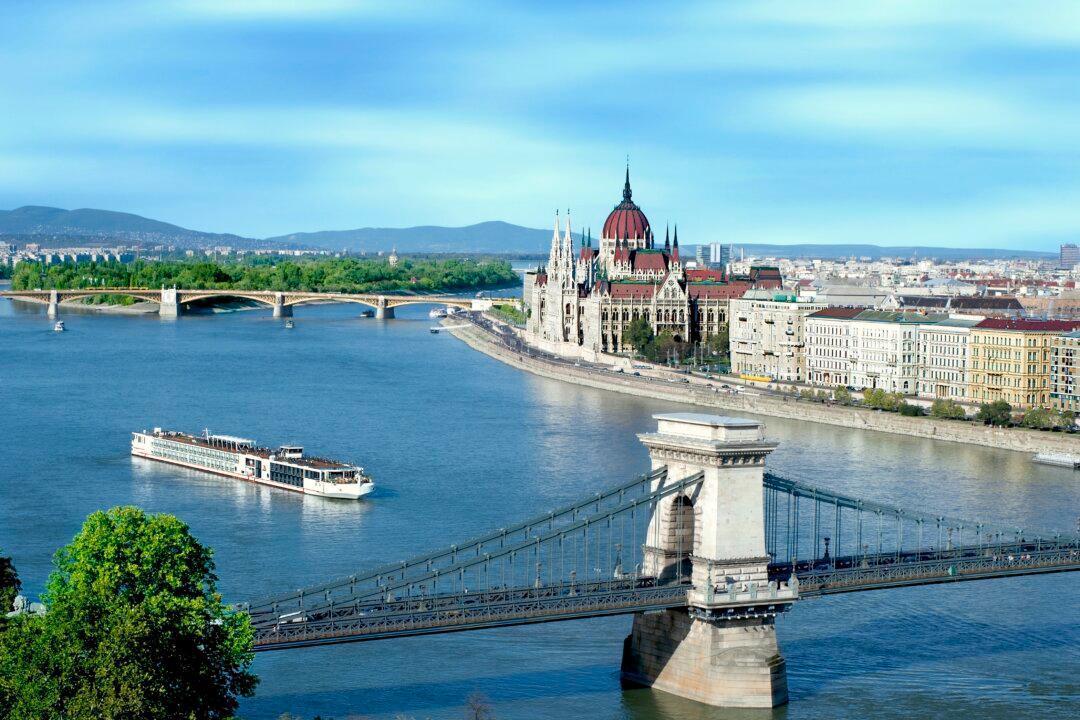If all roads lead to Rome, it seems that all planes land in Paris. Certainly, the city’s most famous attractions are worth some selfie-stick puncture wounds, but sometimes one craves room to inhale. With personal space a primary goal, my friend Susan and I booked an apartment on Rue Cler, a pedestrian-only gastronomic wonderland.
We deposited our luggage in our apartment and collapsed at an outdoor table right outside our door. Over coffee and crepes at Ulysse, we noted that Rue Cler has just the right mix of tourists and locals who have time to stroll.
A grocery store with basic provisions is an unassuming presence on a street with two chocolate shops, two wine shops, cafes, and shops selling farm-fresh food and bakery products. A cheese shop carries 400 varieties of cheese. Two delis across from each other have an ongoing competition to offer the finest food for the best price.
As weary as we were, it was tempting to turn our Parisian experience into a food fest. But the Cluny was open, and I had waited decades to see “The Lady and the Unicorn” tapestries.
Medieval Masterpieces
Musée National du Moyen Age (formerly Musée Cluny) in the Latin Quarter is seldom visited by group tours. It is built on Roman ruins that have been excavated down to the mosaics of a Roman bath. “The Lady and the Unicorn” tapestries woven in Flanders in the 1500s consist of six panels celebrating the senses. In the last panel, the Lady, known as the Mona Lisa of woven art, makes an enigmatic statement: to my sole desire.
The museum houses the original heads of the kings of France from Notre Dame Cathedral and an impressive collection of medieval stained glass. A gilded silver reliquary of the Virgin and Child from the 1400s is beautifully crafted and was once believed to hold the Holy Umbilical Cord.





